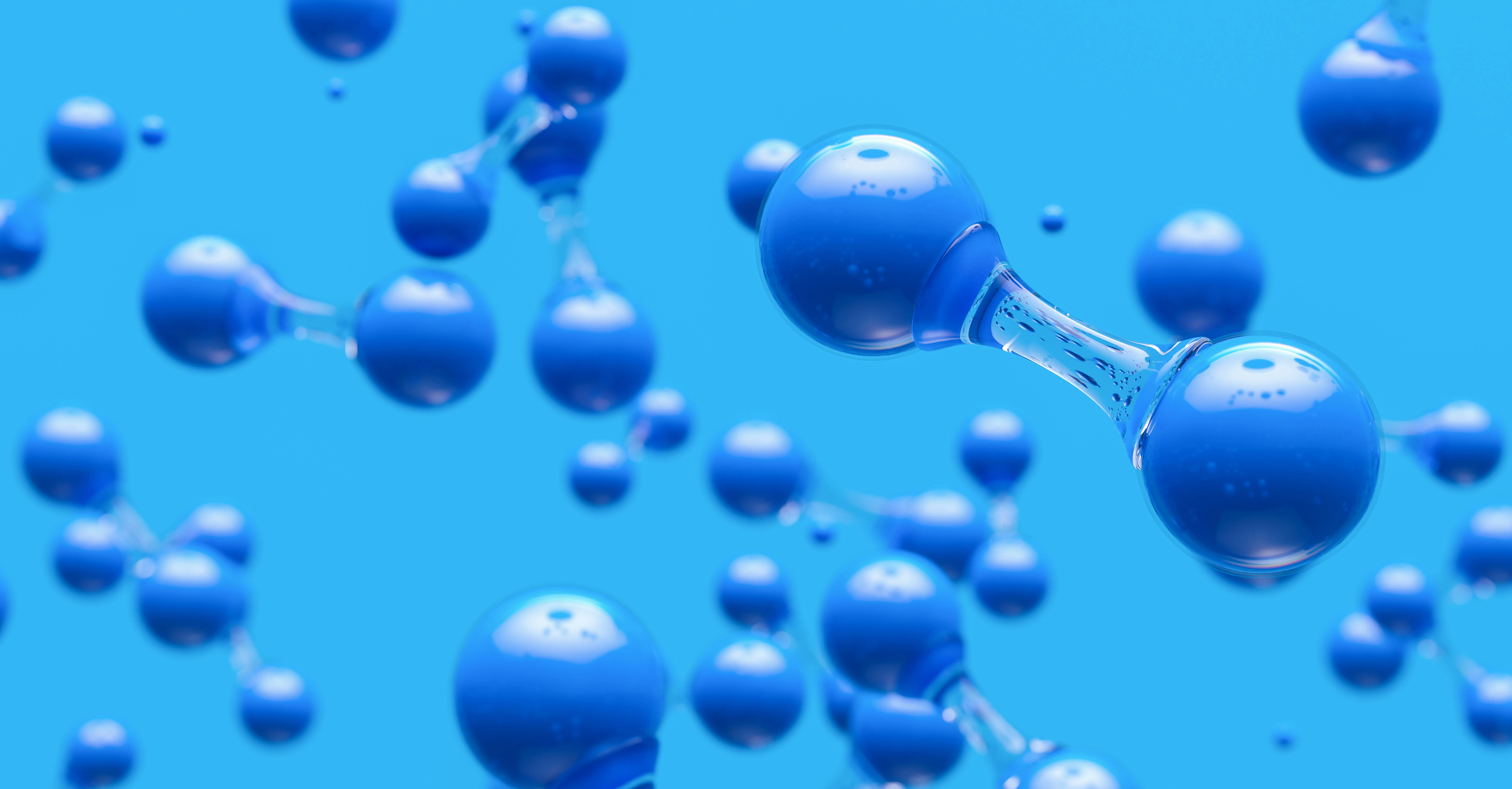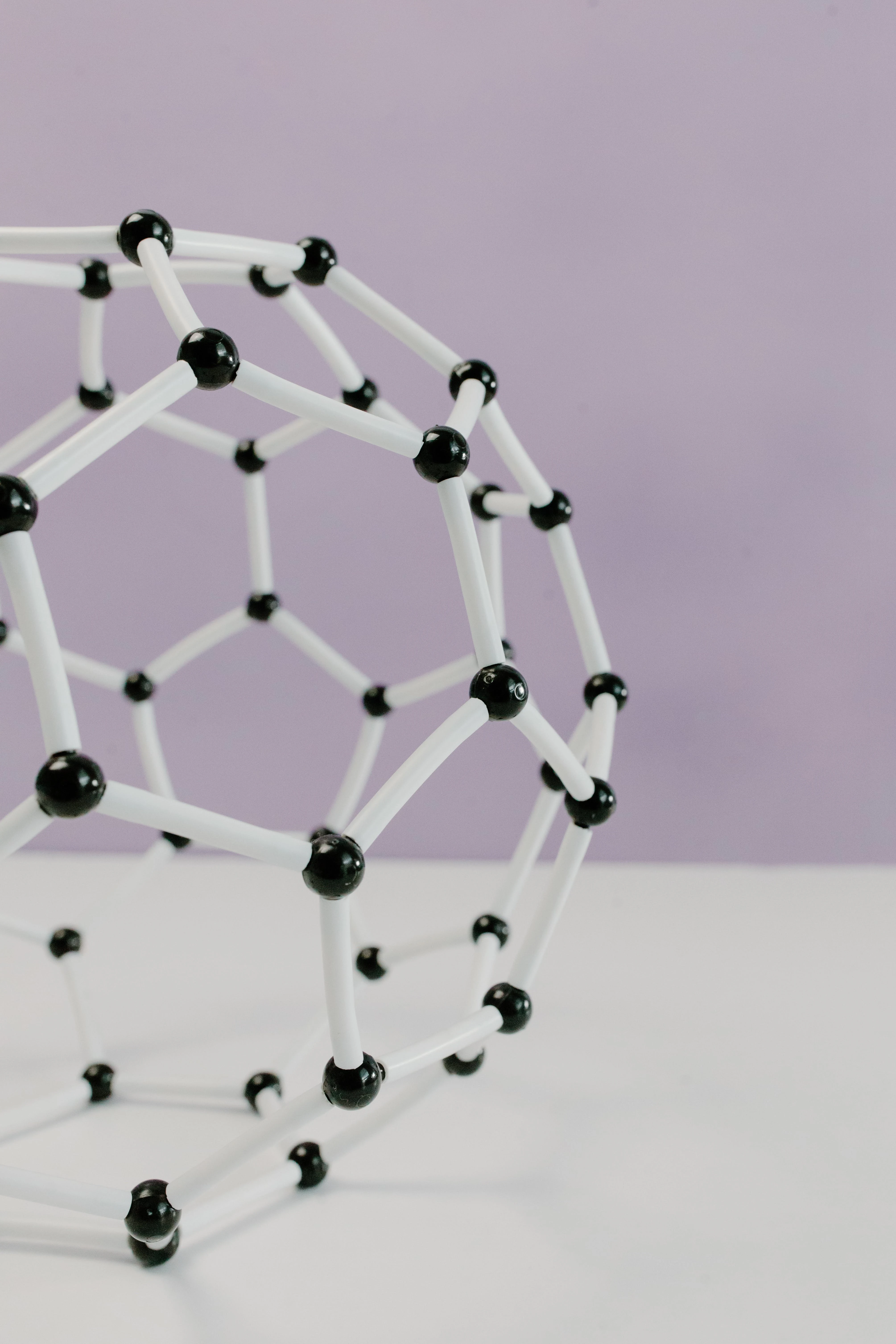Introduction
Chemical compositions form the building blocks of our world, from the
air we breathe to the medicines we take. Understanding the intricacies of these
compositions is like unraveling the secrets of the universe. In this article,
we will dive into the captivating realm of chemical compositions, exploring
their importance, dispelling common misconceptions, and delving into the
fundamental concepts that define them.
A. The Building Blocks: Atoms and Elements
Chemical compositions start with the smallest unit, the atom. Atoms combine to form the elements. Elements are the purest form of matter. To understand elements better, we rely on the Periodic Table, a treasure trove of information that provides a roadmap to the world of chemistry. It categorizes elements based on their properties and reveals their atomic number, atomic weight, and electron configuration.
The structure of atoms is another vital aspect to grasp. Electrons orbit around the nucleus, which contains protons and neutrons. This arrangement determines the element's unique characteristics.
Moreover, some elements have multiple variations known as isotopes, which differ in the number of neutrons. These isotopes can have different levels of stability, radioactivity, or chemical reactivity.
Understanding
isotopes is crucial in various scientific disciplines, including archaeology,
forensics, and even medical imaging.
B. The Basics of Chemical Bonds
Chemical bonds are the glue that holds elements together, forming
molecules and compounds. Covalent bonds occur when atoms share their electrons,
creating stable molecules. This bond type, prevalent in organic chemistry,
allows for the versatility and complexity required for life to thrive.
When Two or more oppositely
charged ions attract towards each other they form a bond with each other called
Ionic bond. This transfer of electrons creates compounds with
distinct properties. Ionic bonds play a crucial role in the formation of salts
and inorganic compounds.
Another fascinating bond type is metallic bonding, prevalent in metals
like gold and copper. It involves a sea of delocalized electrons that create
the unique properties of metals, such as malleability and conductivity.
C. Understanding Chemical Reactions
Chemical reactions are transformative processes that occur when
substances interact and rearrange their atomic compositions. Reactants, the
initial substances, undergo changes to form products.
Balancing chemical equations is a delicate art that ensures the
conservation of matter. Each atom should appear the same number of times on
both sides of the equation, maintaining the balance of the equation.
Different types of chemical reactions exist, each with its distinctive
features. These include synthesis reactions, decomposition reactions,
combustion reactions, and many others. Understanding these processes is crucial
in fields such as environmental science, pharmaceutical research, and materials
engineering.
A molecule can be defined
as a group of atoms that is created when two or more atoms make a bond with each other. They come in various sizes and shapes with unique
chemical properties. Understanding molecular structure is essential for
predicting a molecule's behavior and interactions with other substances.
Molecular formulas provide a map of the elements present in a molecule
and their respective ratios. They give us insight into a molecule's
stoichiometry, enabling us to infer its properties and reactivity.
Lewis structures are a powerful tool for visualizing molecular bonding.
They depict the sharing of electrons between atoms and help in predicting the
shape and polarity of molecules.
B. Common Types of Compounds
The substances composed of two or more different
elements are
called Compounds. Organic compounds,
known as the building blocks of life, are primarily composed of carbon atoms.
These compounds include carbohydrates, lipids, proteins, and nucleic acids,
which are vital for living organisms.
Inorganic compounds encompass a wide range of substances, including
minerals, salts, and acids. They are essential in fields such as materials
science, environmental studies, and industrial chemistry.
Understanding the solubility of compounds is crucial in various
applications. Polar compounds dissolve readily in polar solvents like water,
while non-polar compounds prefer non-polar solvents like oil. This property
plays a significant role in the development of pharmaceuticals, drug delivery
systems, and environmental remediation strategies.
C. Functional Groups: The Key to Chemical Diversity
Functional groups are specific arrangements of atoms within molecules
that determine their chemical reactivity and properties. Understanding these
groups unlocks the vast diversity of organic compounds.
Hydrocarbons, primarily consisting of hydrogen and carbon atoms, form
the backbone of organic chemistry. They include alkanes, alkenes, and alkynes.
The arrangement and properties of hydrocarbons greatly influence their
applications, from fuels to polymers.
Oxygen-containing functional groups, such as alcohols, aldehydes, and
carboxylic acids, play critical roles in organic synthesis and pharmaceutical
development. These groups bring essential chemical functionalities into
compounds, enabling specific interactions and reactions.
Similarly, nitrogen-containing functional groups, including amines and
amides, contribute to the versatility of organic compounds. They often act as
bases, proton acceptors, or catalysts, expanding the range of chemical
transformations possible.
A. Spectroscopy: Shedding Light on Chemical
Structures
Spectroscopy techniques utilize the interaction of matter with various forms of electromagnetic radiation to gain insights into chemical compositions. Absorption spectroscopy measures the wavelengths of light absorbed by substances, providing information about the energy levels and electronic transitions in molecules.
Infrared spectroscopy is invaluable in identifying functional groups present in organic and inorganic compounds. It detects the specific vibrations of the atoms within a molecule, allowing chemists to determine the presence of bonds and groups.
Mass spectrometry enables the determination of a molecule's mass,
structure, and composition. By ionizing molecules and analyzing their
fragmentation patterns, mass spectrometry provides essential information for
identifying unknown compounds and unraveling their structures.
B. Chromatography: Separating Mixtures for Analysis
Chromatography techniques facilitate the separation and analysis of
complex mixtures. Gas chromatography separates volatile compounds based on
their affinity for a stationary phase, while liquid chromatography analyzes
non-volatile substances dissolved in a liquid.
Thin-layer chromatography employs a solid adsorbent material to separate
components in a mixture based on their polarity. It is often used for rapid
qualitative analysis and can be a preliminary step in more advanced
chromatographic techniques.
C. Computational Techniques: Simulating Chemical
Behaviors
Computational techniques offer powerful tools for investigating chemical
behaviors and predicting molecular properties. Molecular modeling allows
chemists to visualize the three-dimensional structure and interactions of
molecules, aiding in drug design and materials science.
Quantum mechanics methods utilize mathematical models to study the
electronic structure and behavior of atoms and molecules. These methods provide
valuable insights into chemical phenomena at the atomic and subatomic levels.
Molecular dynamics simulations employ principles of classical mechanics
to study the movement and interactions of atoms and molecules over time. This
computational approach is essential for exploring chemical reactions at the
molecular scale, providing valuable information for drug discovery and
materials design.
IV. Implications and
Applications of Decoding Chemical Compositions
A. Pharmaceuticals: Designing Safe and Effective
Medicines
Understanding chemical compositions is paramount in drug development.
Chemists analyze the interactions between drugs and biological systems, seeking
to design safe and effective therapies. The precise decoding of chemical
compositions allows researchers to optimize drug-receptor interactions, enhance
drug absorption and distribution, and minimize toxic side effects.
B. Materials Science: Advancements in Material
Development
By decoding chemical compositions, materials scientists can tailor
properties and develop novel materials with unique characteristics. Polymers,
with their versatility and ability to be molded into various shapes, find
applications in everyday products, from plastics to medical devices.
Nanomaterials, materials with dimensions at the nanoscale, exhibit
enhanced behaviors compared to their bulk counterparts. Scientists can
manipulate their chemical compositions to achieve specific properties, making
them ideal for applications in electronics, energy storage, and medicine.
Composites, created by combining two or more materials, allow for the
optimization of strength, durability, and functionality. By carefully selecting
chemical compositions, engineers can create materials capable of withstanding
extreme conditions, such as in aerospace or construction industries.
C. Environmental Analysis: Studying Chemical
Impacts on Our Planet
Decoding chemical compositions is crucial in understanding and
mitigating environmental issues. Environmental scientists analyze harmful
chemical compositions in air and water, identifying pollutants' sources and
developing strategies for remediation.
Soil contamination, often caused by industrial activities or improper
waste disposal, requires in-depth analysis of toxic substances' chemical
compositions. Understanding their behavior and interactions with the
environment helps scientists develop effective cleanup methods.
Climate change, driven by increased greenhouse gas emissions, demands a
thorough understanding of the chemical compositions contributing to global
warming. By studying these compositions, scientists can propose strategies to
reduce emissions, mitigate the effects of climate change, and transition to
more sustainable practices.
V. Summary
In summary, decoding the secrets of chemical compositions unlocks a
fascinating world of understanding. By exploring the fundamentals, investigating
molecules and compounds, analyzing complex compositions, and highlighting
real-world applications, we gain a deeper appreciation for the impact of
chemistry in our lives.
FAQs:
- Why is understanding chemical compositions important?
Understanding chemical compositions is crucial for various scientific disciplines, including pharmaceutical research, environmental analysis, and materials science. It allows us to design safe medicines, analyze environmental pollutants, and develop advanced materials with unique properties. - How do spectroscopy and chromatography contribute to decoding
chemical compositions?
Spectroscopy techniques, such as absorption spectroscopy and infrared spectroscopy, provide valuable insights into the energy levels, electronic transitions, and functional groups present in compounds. Chromatography techniques enable the separation and analysis of complex mixtures, helping identify individual components and their chemical compositions. - What are the applications of decoding chemical compositions in drug
discovery?
Decoding chemical compositions is essential in drug discovery as it enables the design of safe and effective medicines. By understanding the interactions between drugs and biological systems, scientists can optimize drug-receptor interactions, predict absorption and distribution, and minimize toxic side effects. - How does studying chemical compositions contribute to environmental
analysis?
Studying chemical compositions is critical in environmental analysis as it helps identify harmful pollutants in air, water, and soil. By understanding the chemical behavior and interactions of these substances, scientists can develop effective strategies for pollution prevention and environmental restoration. - What are the future prospects for research in chemical
compositions?
The study of chemical compositions will continue to be essential in advancing scientific research and technological developments. Future research may focus on exploring new materials with tailored properties for applications ranging from healthcare to renewable energy. Additionally, advancements in computational techniques and analytical methods will contribute to deeper insights into chemical behaviors and interactions.
Remember, the world of chemical compositions is a captivating one. By diving into its intricacies and unraveling its mysteries, we gain a profound appreciation for the impact of chemistry on our everyday lives.














0 Comments